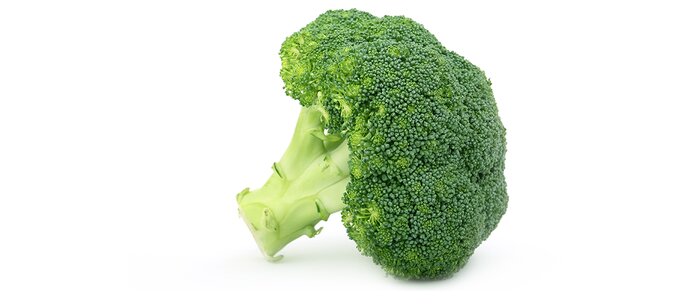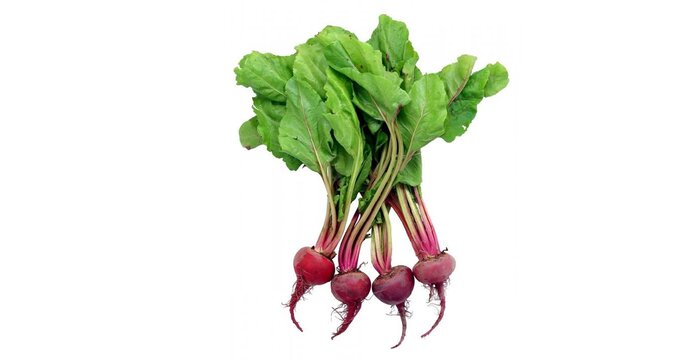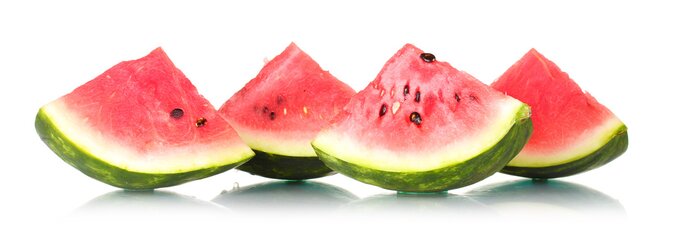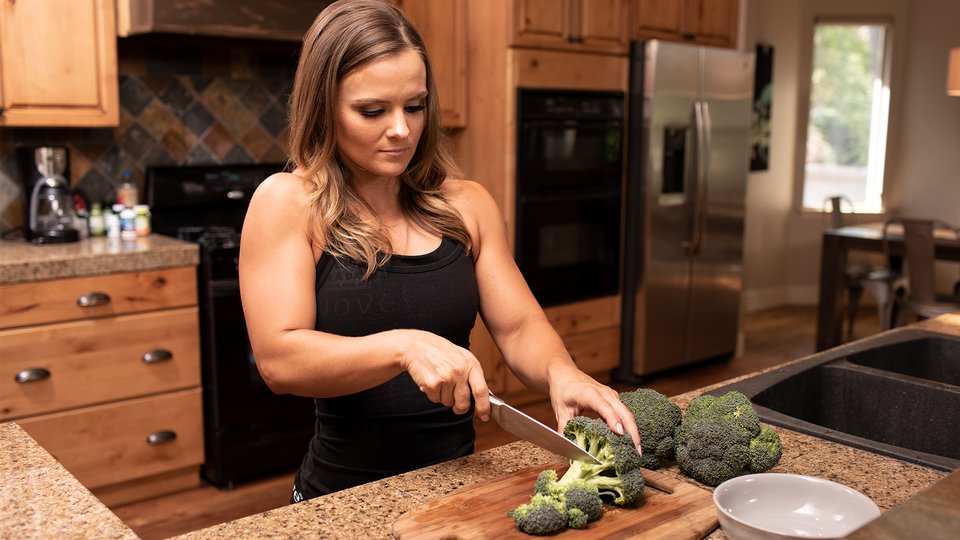Supplements for Every Body | Signs of Deficiency | Get Micronutrients from Food Scraps | How Micros Impact Performance | Greens Supplements | Immune-Boosting Supplements
Every day, millions of people toss valuable vitamins and minerals in the trash. It happens every time they slice off those extra bits of certain vegetables and throw them away. You may think the best way to avoid a vitamin deficiency is to eat your veggies—and you’re right. But you might want to rethink where you think the ”vegetable” begins and ends.
It turns out, those parts of the plants that you never touch have some serious nutritional benefits. Many (but not all) edible tops, stems, and seeds are loaded with valuable micronutrients. What are micronutrients? They are vitamins, minerals, and antioxidants your active body needs to perform and look its best.
Here’s a look at some of the best sources of vitamins and nutrition in your home, plus ways to take those kitchen castaways and pull them back into your diet.
1. Broccoli Stalks
The florets aren’t the only part of a head of broccoli you should be eating. When the tough exterior is peeled away, broccoli stalks have a tender texture similar to asparagus, and a sweeter flavor than their flowering top. Best of all, they’re jampacked with vitamin C, which is involved in countless bodily processes. Not just a one-hit wonder, broccoli stalks are also a source of folate, potassium, and manganese.

How to prepare broccoli stalks: After you cut off the florets, use a vegetable peeler or sharp knife to remove the tough outer layer of the broccoli stalk. Sliced thinly and add to stir-fries, scrambled eggs, pasta dishes, or anything else you cook in a pan. You can also shred the peeled stalk and use it raw in salads and slaws—that’s what those popular ”broccoli slaw” bagged salads are! When cut into strips, a broccoli stalk makes a nutritious way to scoop up your favorite healthy dips.
Support health and athletic performance and fill micronutrient gaps with a daily multivitamin to keep your performance at peak levels.*
2. Beet Greens
Beets are the perfect two-for-one vegetable: The nitrate-rich bulbs and leafy tops are both edible and nutritious.
Chuck out or compost those slightly bitter greens, and you’ll be tossing away large amounts of vitamin C, and fat-soluble vitamins A and K. A mere cup of beet tops provides nearly twice the recommended daily amount of vitamin K, a nutrient necessary for both blood clotting and bone metabolism. And don’t overlook the edible greens attached to radishes; they too can up the health ante of your diet.

How to prepare beet greens: Use beet greens in dishes such as salads, pastas, and frittatas like you would other fiber-rich leafy greens like spinach and Swiss chard. For a nutritious—and delicious—side dish, try gently sautéing a bunch of beet greens with some olive oil and garlic.
3. Carrot Tops
Instead of asking yourself, ”What vitamins should I take?” consider asking, ”What are the most vitamin-rich foods in my refrigerator right now?” Carrots, with their bounty of vitamin A and other micros, should be at the top of your list. And speaking of tops—why are you tossing those carrot tops out? Feathery carrot tops are perfectly edible and have a pleasant taste reminiscent of parsley.
Although no official government nutritional analysis is available, these greens probably contain vital nutrients like the vitamin K found in other greens. There’s also research to suggest carrot tops have robust antioxidant content.
Just be sure to separate the tops from the carrots once you’re home from the market. Carrot tops draw moisture from the roots, potentially leaving you with carrots so limp not even Bugs Bunny would want to nibble on them.
How to prepare carrot tops: Chop a handful of carrot tops and toss into everyday salads, or use them as you would an herb such as parsley in soups, grain salads, and bean salads. Also try using them as the main green in sauces such as pesto, chimichurri, or salsa verde that you use on meats and roasted vegetables.
Struggling to get enough veggies in your diet? Add one of these produce-packed powders!
4. Watermelon Seeds
Sure, it’s fun to spit out watermelon seeds, but here’s why you should consider keeping them around: they’re packed with nutrients, particularly magnesium.
Magnesium does plenty on its own, but it’s also necessary to have around for the proper activation of vitamin D in our bodies. Given how much vitamin D is in the headlines these days, that’s worth considering more than ever.

How to prepare watermelon seeds: When it comes to watermelon seeds, don’t just spit them onto your plate. Instead, roast them in the oven like you would pumpkin seeds! The pleasantly nutty roasted seeds can then be used to add a nutritional punch to salads, trail mix, yogurt, homemade energy bars, and even oatmeal.
5. Swiss Chard Stems
Mostly overlooked in favor of this plant’s leafy tops, Swiss chard stems should be treated as a must-eat vegetable in their own right. They have a celery-like texture and bittersweet taste when eaten raw, but a softer texture and milder flavor when cooked, making them a savory addition to all sorts of dishes, like this Grilled Salmon with Chili Butter and Roasted Mushrooms recipe.
Like carrot tops, there’s no official nutritional data for chard stems. But we can use their color as a guide! The stems from vibrant rainbow chard are thought to be rich in health-boosting antioxidants such as carotenoids, as well as the amino acid glutamine.
How to prepare chard stems: Just chop up the stems or, for extra flavor, sauté them with garlic and oil and add them to stir-fries, omelets, soups, and stews. If you’re cooking the greens as well, cook the stems first, sauté them until they caramelize, and then toss in the greens for the last minute or two. Thinly sliced, they also make a pleasant and unexpected addition to salads. Some people even pickle chard stems, which can then be used to gussy up all sorts of things like sandwiches and scrambled eggs.
Looking to get more good stuff in your diet? Bodybuilding.com’s Recipe Database can show you how, for every meal and snack of the day!
